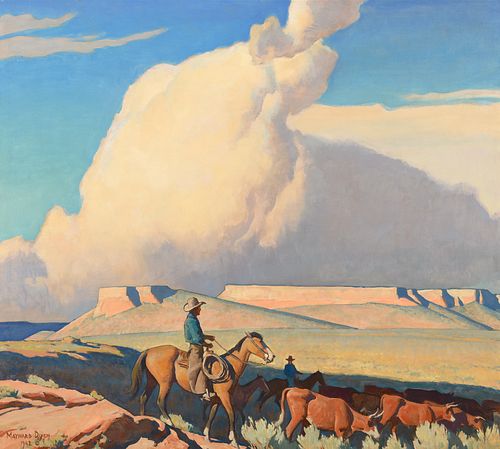Modigliani, When the Face Becomes an Event
Published on

Painted by a Modigliani at the peak of his career, La Bourguignonne is returning to the market, which is already shaping up to be an event. Let's return to the history behind this painting from 1918 Amedeo Modigliani (1884-1920), La Bourguignonne, 1918, oil on canvas, signed upper right, 55 x 38 cm/21.6 x 14.9 in. Estimate on request Regularly loaned for retrospectives dedicated to Amedeo Modigliani (1884-1920), La Bourguignonne is a well-referenced work. Also known under its first title of the Jeune fille joufflue or Servante bourguignonne (Burgundian Maid), it depicts an anonymous model whose job, physical characteristic and geographical and social origin are the only characteristics that are recorded. In 1918 when Modigliani,










